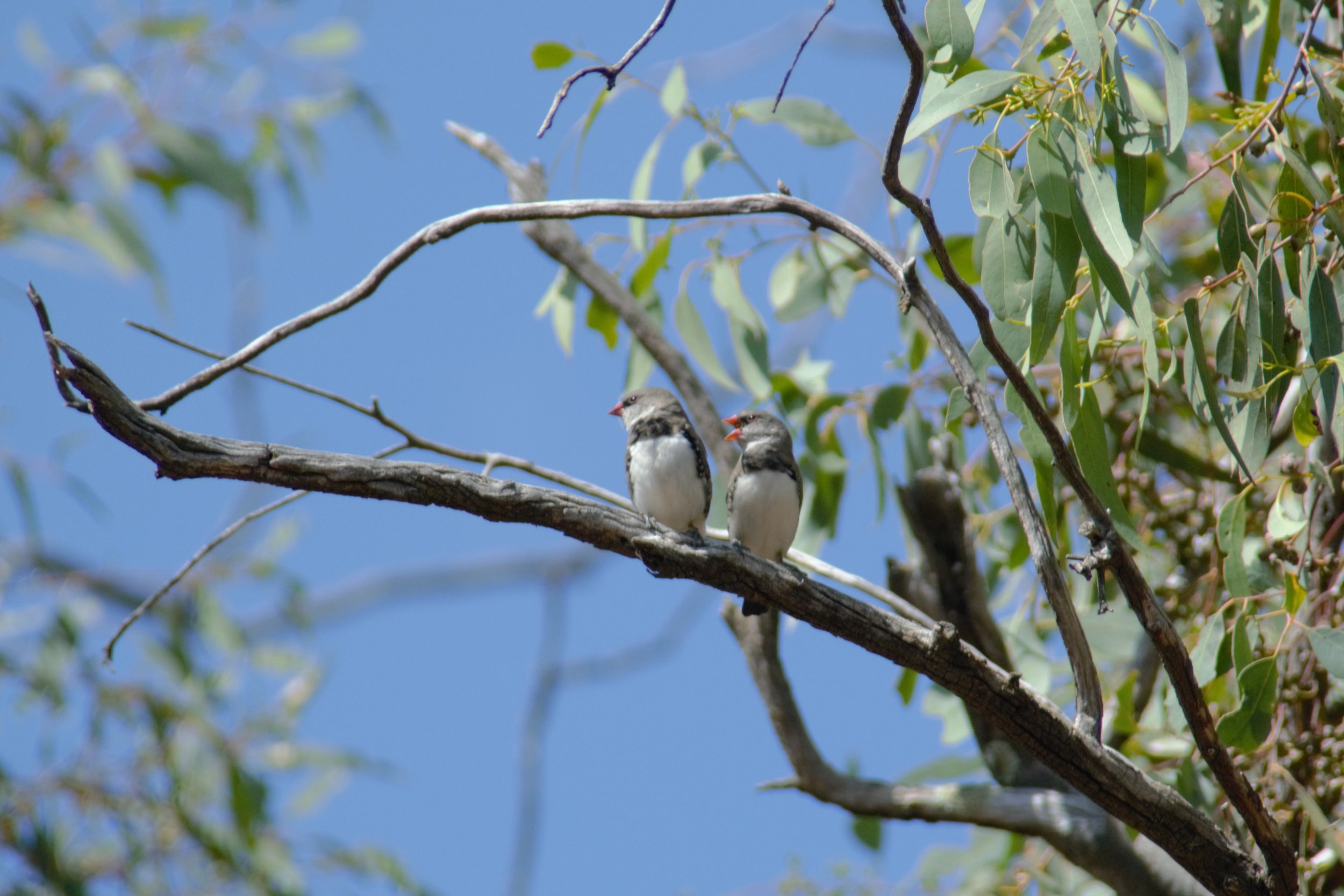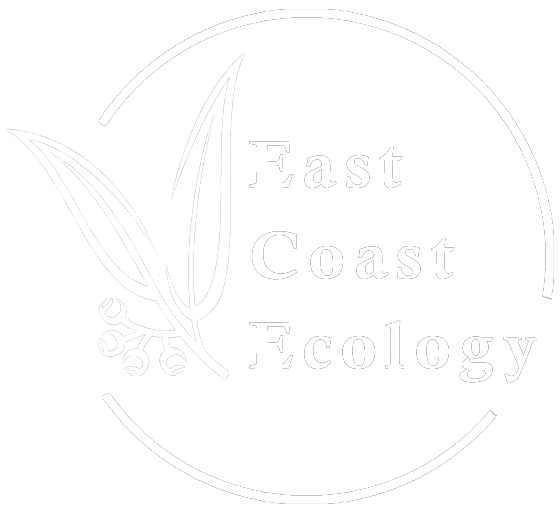
Biodiversity Assessment Method (BAM) Assessors
What is the Biodiversity Assessment Method?
The Biodiversity Assessment Method was designed to provide a standardised framework for environmental assessments in line with the Biodiversity Conservation Act 2016. Together with the Biodiversity Conservation Act 2016, the Biodiversity Assessment Methodology (BAM) in 2017, and now applies across the entirety of New South Wales.
The BAM details how BDAR, BCAR, BSSAR reports should be prepared and detailed. In order to undertake Biodiversity Assessment Methodology, the assessor must be accredited as a Biodiversity Assessor under the BC Act.
East Coast Ecology are pleased to operate with a team of highly qualified, skilled, and experienced Ecologists who are accredited assessors under the NSW Biodiversity Assessment Method (BAM).
After Biodiversity Assessment Services?
Give us a call, send us an email or fill out the contact form and one of our experts will get back to you shortly.
PHONE: 02 7813 6119
EMAIL: admin@ececology.com.au
When should you work with Accredited BAM Assessors?
Under NSW legislation, BAM Accredited Assessors can prepare:
Biodiversity Development Assessment Reports (BDAR)
Biodiversity Stewardship Assessment Reports (BSSAR)
Flora and Fauna Assessments
The Biodiversity Assessment Methodology (BAM) provides a structured framework to be implemented for all NSW projects that trigger one, or multiple, of the three entry thresholds:
1. Biodiversity Values Mapping:
Clearance of native vegetation or prescribed biodiversity impacts within land mapped as ‘Biodiversity Values’ by the Department of Planning, Industry & Environment (DPIE). Any clearing of land that is protected by the State for its biodiversity values will trigger the BAM.
2. Exceeding Clearing Thresholds:
The regulations of the Biodiversity Conservation Act outline area threshold values that determine whether a development and/or clearing will trigger the BAM. If you exceed the threshold for the associated area, you will be required to provide a Biodiversity Assessment Report (BDAR) as part of your development or tree clearing application.
These thresholds are determined by the minimum lot size of the property, which can be accessed through the NSW ePlanning Spatial Viewer.
3. Significant Impact
The Test of Significance (5 part test) will determine whether there will be significant impacts on biodiversity from the development under section 7.3 Biodiversity Conservation Act 2016.
The test of significance is prepared by a qualified ecologist and will provide a breakdown of how the biodiversity may be impacted. BAM will be triggered if the test determines that it likely to have a significant impact on a threatened species or ecological community.
Why Choose East Coast Ecology?
East Coast Ecology are a team of highly skilled Ecologists who are accredited BAM assessors servicing NSW. We are able to prepare assessments under the BC Act, as well as Biodiversity Assessment Reports, Flora and Fauna Assessment Reports, and assessment required for developments and proposed clearing across conservation areas.
BAM assessors must be accredited (under section 6.10 of the BC Act) to apply the Biodiversity Assessment Method. At East Coast Ecology, we are fully qualified as accredited assessors and staffed by former Local Government Officers who understand the intricacies of BDAR’s and can successfully navigate and meet Council expectations for your development project.
As experts in biodiversity, we have a deep and thorough understanding of the planning system in NSW, and can deliver professional advice on how to best integrate biodiversity values into your development.
We service the entirety of New South Wales – whether it be from Western Sydney to Greater Sydney, the Blue Mountain region, Newcastle, Central Coast, Port Macquarie, North Coast, Shoalhaven, Eurobodalla, Hunter Valley, Wollongong, Illawarra, Southern Highlands, Central West, and the rest of regional New South Wales.
How does Biodiversity Assessment Methodology work?
In essence, the BAM is designed to ensure consistency, and a standardised framework. The order of Biodiversity Assessment Method Order (BAMO) provides accredited assessors with the breakdown of how the three main stages of the standardised assessment method should work:
Stage 1: Biodiversity Assessment
The Biodiversity Assessment will assess features of the landscape, condition of the vegetation, and habitats for any threatened species. This will include preparing a sitemap and determining the integrity of vegetation in the area.
Stage 2: Impact Assessment
Stage 2 will involve assessing the impacts of the proposal on biodiversity values, including assessing direct and indirect impacts on native vegetation, threatened ecological communities, and threatened species and their habitat.
Stage 3: Improving Biodiversity Values
The third stage only be applicable in the case of a biodiversity stewardship has been proposed and will involve calculating gain in biodiversity values at a biodiversity stewardship site.
Following the BAM framework, assessors will produce either a BDAR, BCAR, or BSSAR, which will detail the outcomes of the assessment in accordance with methodology.
How does the “Area Clearing Threshold” work?
The area clearing threshold is set out under Section 7.2 of the Biodiversity Conservation Regulation 2017, and refers to the area in which proposed development or clearing will trigger Biodiversity Assessment Methodology.
The minimum lot size of your property is set out under your Local Environment Plan. If your property has no minimum lot size (e.g. Deferred zoning), the actual lot size is to be used instead.
For the purposes of determining the “Area of Clearing”, the term ‘clearing’ is defined by Section 60C of the Local Land Services Act 2013, refers to either; cutting down, felling, uprooting, thinning, killing, destroying, poisoning, ringbarking, burning, or otherwise removing vegetation.
In the case of proposed subdivisions, Section 7.1(3) of the Biodiversity Conservation Regulation 2017 requires the proposal to outline all vegetation likely to be cleared for the purposes which the land is to be subdivided (future residential footprints and ancillary infrastructure).
Where possible, proposed developments should be sited within areas which have been previously cleared or currently disturbed. This may allow you to avoid triggering the requirement for a Biodiversity Development Assessment Report (BDAR) or will at least minimise any biodiversity offset obligation.
How does the Biodiversity Values Map work?
If your property is included on the Biodiversity Values Map, you can apply to the NSW Department of Planning and Environment (DPE) for a Biodiversity Values Explanation Report. This will outline the different data layers that apply to the land, and explain the reason for your property being included on the Biodiversity Values Map.
In some cases, landholders may believe that the purple Biodiversity Values Mapping is incorrect. If you believe that your property should not be included, you can apply to DPE for a Biodiversity Values Map Review.
Contact us
for a free quote
We would love to hear from you.
Give us a call, send us an email or fill out the contact form and one of our experts will get back to you shortly.
PHONE: 02 7813 6119
EMAIL: admin@ececology.com.au




